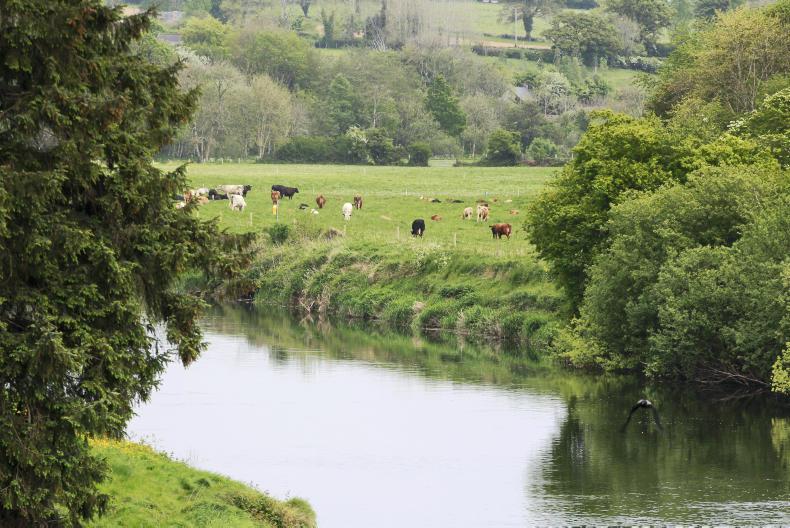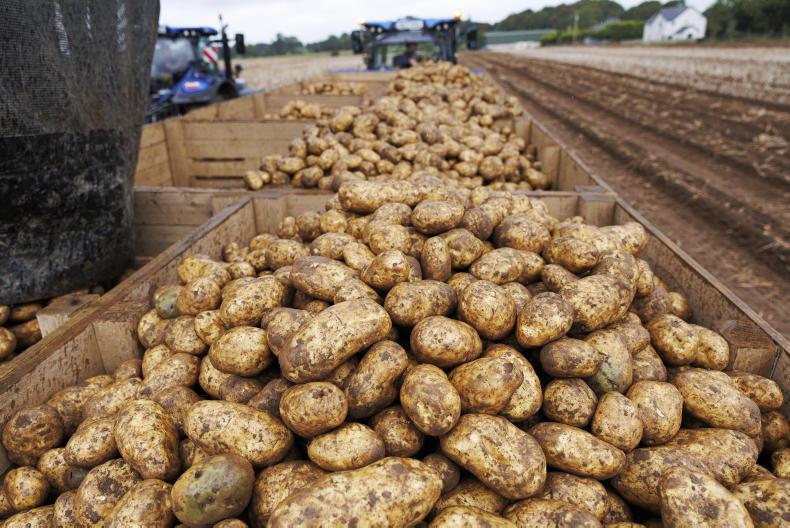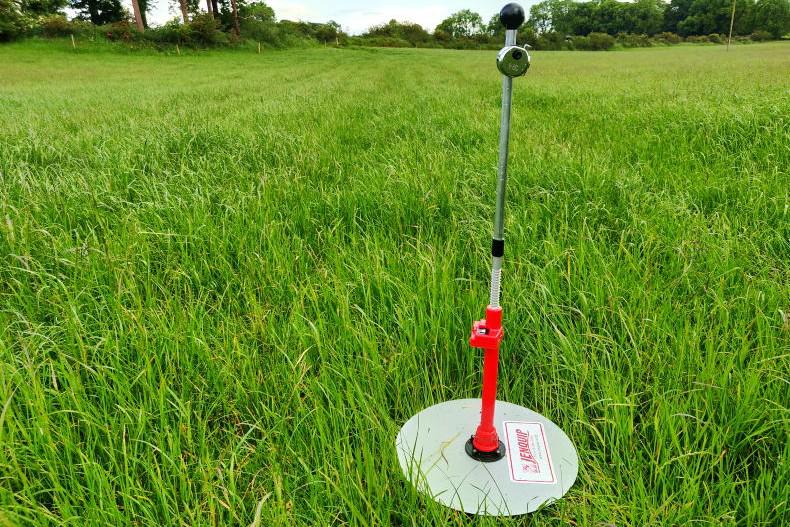New data released by the Environmental Protection Agency (EPA) shows that water catchments under the remit of the Agricultural Sustainability Support and Advisory Programme (ASSAP) have seen a double-digit improvement in water quality.
Speaking during a live webinar on Friday morning, manager of the catchment science and management unit in the EPA Jenny Deakin said water quality in catchments targeted under the ASSAP programme had seen a net improvement of 17% in 2018 and preliminary figures suggest a further 11% improvement in water quality for 2019.
Deakin says the results are hugely encouraging and show that targeted interventions such as the ASSAP programme are delivering improved water quality.
“The early results from the ASSAP programme are hugely positive and demonstrate that Ireland has turned a corner on water quality. We have to be able to demonstrate to the EU that we’re heading in the right direction,” said Deakin, who was the keynote speaker in the latest webinar organised by Teagasc on sustainable agriculture.
Declining
Overall, Deakin said the percentage of Ireland’s water bodies with a satisfactory level of water quality needs improvement. In particular, water quality in Ireland’s rivers, lakes and estuaries needs improving.
EPA data shows that 53% of Ireland’s rivers have at least a satisfactory water quality standard, while 50% of lakes have a satisfactory rating. Just 38% of Ireland’s estuaries have satisfactory water quality.
Jenny Deakin @EPAIreland highlights that soil type is important for P and farm intensity is more important for N. For P break the pathways on heavy soils and for N manage the source. #farmingforwaterquality
— Teagasc Environment (@TeagascEnviron) June 5, 2020
partnership & collaboration to improve water quality @WatersProgramme pic.twitter.com/OJcFQibFTE
Since 2015, the water quality in Irish rivers has deteriorated almost 6%. However, water quality in Irish lakes has improved over 4% in the same period.
As part of her webinar presentation, Deakin outlined the main sources of phosphorus and nitrogen pollution in our water bodies.
An estimated 2,700t of phosphorus are lost in our water every year, according to the EPA. The majority of phosphorus pollution in water bodies stems from wastewater discharge from humans in urban areas.
Outside of urban areas, phosphorus leakage into water bodies mostly stems from nutrient run-off from poorly drained soils. Areas such as north Kerry, south Limerick, Cavan and Monaghan are areas of the country with notably high phosphorus leakage from farming.
Deakin outlined a range of measures that can help mitigate phosphorus leakage on farms including riparian strips, buffer zones, engineered ditches to capture nutrients and ponds.
Encouragingly, water quality will see an improvement in a matter of weeks after interventions such as these are taken.
Nitrogen
Deakin’s presentation also showed how an estimated 82,000t of nitrogen are lost in our water systems every year. Agriculture is by far the largest source of nitrogen run-off in our water systems.
Informative talk by Jenny Deakin @EPAIreland. Taking the estimated 82,000 t of N lost to water presented, just think this is worth in the region of 80 million euro/yr. If we can hang onto more of this N it’s money in farmers pocket & good for our water inc. what you are drinking pic.twitter.com/e2VTFy3Gp9
— Dr. Patrick Forrestal (@ForrestalPJ) June 5, 2020
The majority of this nitrogen loss occurs in the free-draining soils of the southeast of the country. The nature of free-draining soils allows the nitrogen to escape down into water systems. Areas such as Cork, Tipperary, Kilkenny, Waterford and Wexford are hotspots for nitrogen leakage into water courses.
Interventions that farmers can make to reduce nitrogen losses include nutrient management planning, improving soil fertility and using protected urea, as well as increasing the amount of clover in grassland swards to reduce the need for chemical nitrogen.
As pointed out by Teagasc’s Dr Patrick Forrestal, this lost nitrogen is worth in the region of €80m every year to farmers if it can be retained in the system.









SHARING OPTIONS